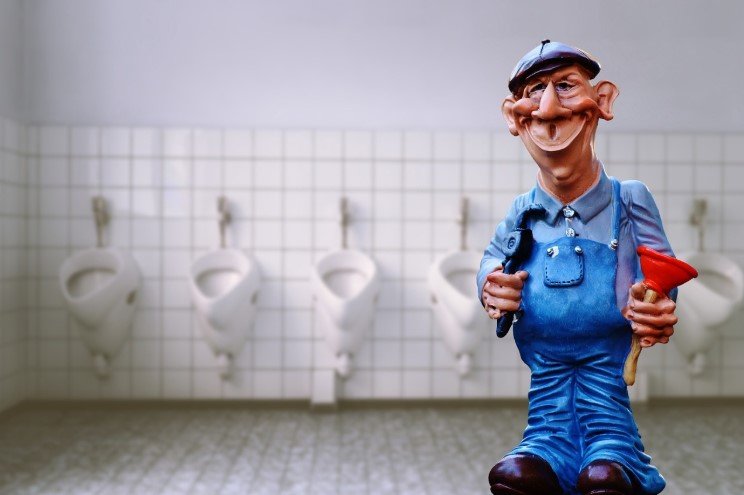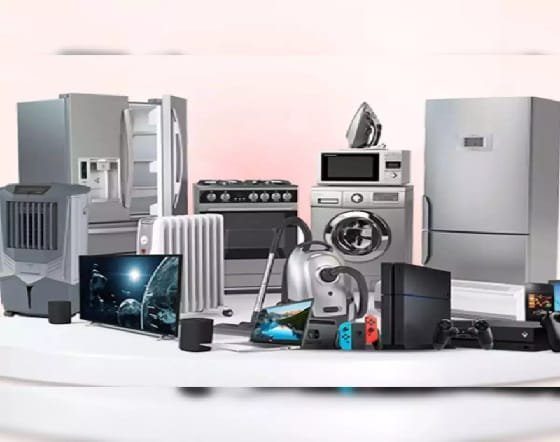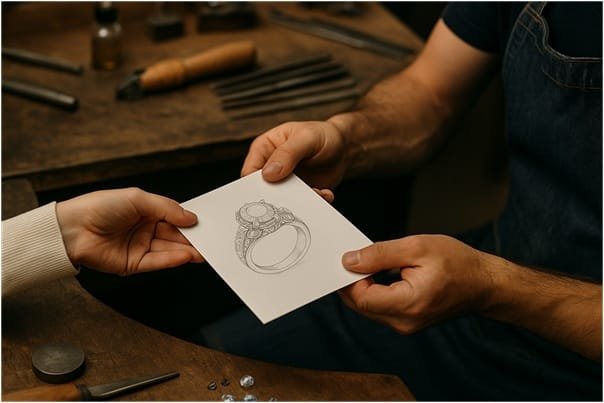Most people will regard a leaky shower head as no great issue, but it can waste up to thousands of litres of water every year and cost you more money. For Australian householders, repairing this common plumbing issue sooner rather than later will save your dollars and prevent further issues in the future. Some leaky shower head issues can be repaired with basic DIY skills, but others require professional attention.
Common Causes of Leaking Shower Heads
Knowing why your shower head leaks generally informs the best way to fix it. Oftentimes, it is a worn-out old washer or O-ring somewhere in the tap mechanism. The rubber gaskets degrade over time and let water leak through even when the tap is screwed on tightly.
The other common issue is corroded valve seats. The valve seat is the component that joins the tap to the spout, and corrosion or mineral residue can prevent the valves from completely closing. Hard water, which is prevalent over most of Australia, accelerates this corroding process.
Loosely fitted nuts also result in constant dripping. Constant use may cause them to loosen over a period of time because they secure other components together in the tap assembly. Faulty cartridges in the mixer faucets or faulty ceramic disc valves also result in constant water flow.
Simple DIY Solutions
You might want to pick up the phone, but try these simple fixes first. Begin by turning off your water supply to your shower and taking off your shower head and checking for an easy problem such as loose connections or broken washers.
Replacing the worn O-rings and washers usually corrects the leakage issue. They’re affordable components that many hardware stores will carry. Soak the shower head in white vinegar to remove any mineral buildup, as this will prevent the seal.
For loose nuts, gentle tightening with the proper tools will stop the drip. Never over-tighten, though, as this will ruin threads or break fixtures.
When Professional Help is Needed
There are certain scenarios that require the services of a professional plumber, such as Mainline Plumbing & Civil. Severe corrosion of tap assembly is one such scenario, where doing it yourself can further accentuate the problem. Parts that are corroded are guaranteed to break upon unscrewing and can even harm adjacent plumbing.
Thermostatically controlled systems or multi-cartridge mixer tap systems are intricate and need professional servicing. They are serviced by professionals using technical knowledge and specialised tools. A wrong installation will disrupt water temperature control and create a safety hazard.
Pressure issues with the leak that are either low or extremely high indicate issues with something other than the shower head. Low pressure indicates plugged plumbing or pressure regulators that are not working, and extremely high pressure will destroy fixtures and require system replacement.
If your initial do-it-yourself efforts fail to plug the leak, don’t continue with increasingly forceful efforts. Forcing stuck parts or putting on too much pressure usually creates more costly problems with more extensive repair.
Preventing Future Issues
Shower head leaks are prevented by keeping them in good condition. Shower heads should be descaled monthly for minerals, and washers and O-rings should be checked when you clean every month. These cheap components can be replaced yearly if you live in a locality that has hard water.
If you live in an area where you have very hard water, consider having a water softener installed. This will protect all of your fixtures and plumbing devices from being ruined by minerals.
Making the Right Decision
While basic dripping shower head repairs can be do-it-yourself tasks within the capabilities of handy homeowners, it is worth learning when to call in the professional to save time and money. Simple washer replacement and cleaning are do-it-yourself techniques, but complex inner mechanisms and rusty parts need the touch of a professional.
Don’t let a small leak become a huge plumbing bill. Fix it in its early stage, attempt proper do-it-yourself measures, and call a professional plumber if it’s out of your reach or comfort level.



